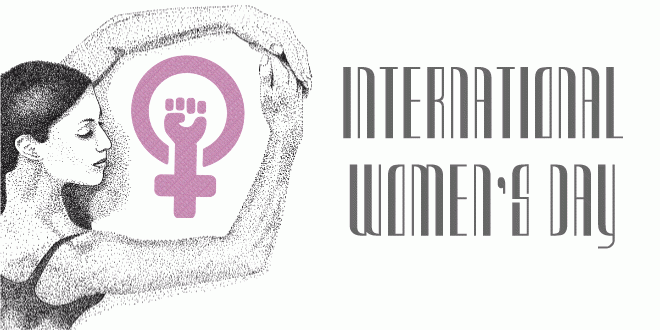History of Women’s Day: From being synonymous with the kitchen to stepping onto the moon, women have come a long way till now. The Women’s Day has been a symbol of celebrating such women who have surpassed discrimination and come out with flying colors. A look at how March 8th became renowned as the International Women’s Day.
History of International Women’s Day
1908
International Ladies’
Garment Workers‘ Union (ILG) organised two mass strikes in New York to protest against long working hours, low wages and diaplated working conditions under which women worked in garment industry in the United States.
1909
Socialist Party of
America observed February 28, 1909 as Women’s Day in remembrance of the ILG strike.
1910
Socialists organised International Conference of Working Women in Copenhagen. German Communist leader Clara Zetkin proposed the idea of Women’s Day.
1911
International Women’s Day was celebrated in Austria, Denmark, Germany and Switzerland on March 19.
1912: History of Women’s Day
Migrant workers from over 51 countries, many of them women, striked against two-hour pay cut in in Lawrence, Massachusetts. The strike went on for two months.
Labour union leader Rose Schneiderman’s famous speech “Bread and Roses” called for fair wages and dignified conditions in industries.
1913
Women’s Day was observed in Russia on the last Sunday in February 1913.
1914
International Women’s Day was held on March 8 in Germany to press the demand that women be given the right to vote and to hold public office.
1917
Demonstrations on IWD at St. Petersburg, Russia, where women demanded “bread and peace” gave birth to the February Revolution. This eventually brought the First World War to an end and decline of Tsar regime.
1977: History of Women’s Day
United Nations proclaimed March 8 as UN Day for women’s rights and world peace.
2011: History of Women’s Day
United Nations Entity for Gender Equality and the Empowerment of Women aka UN Women.
 Kids Portal For Parents India Kids Network
Kids Portal For Parents India Kids Network







